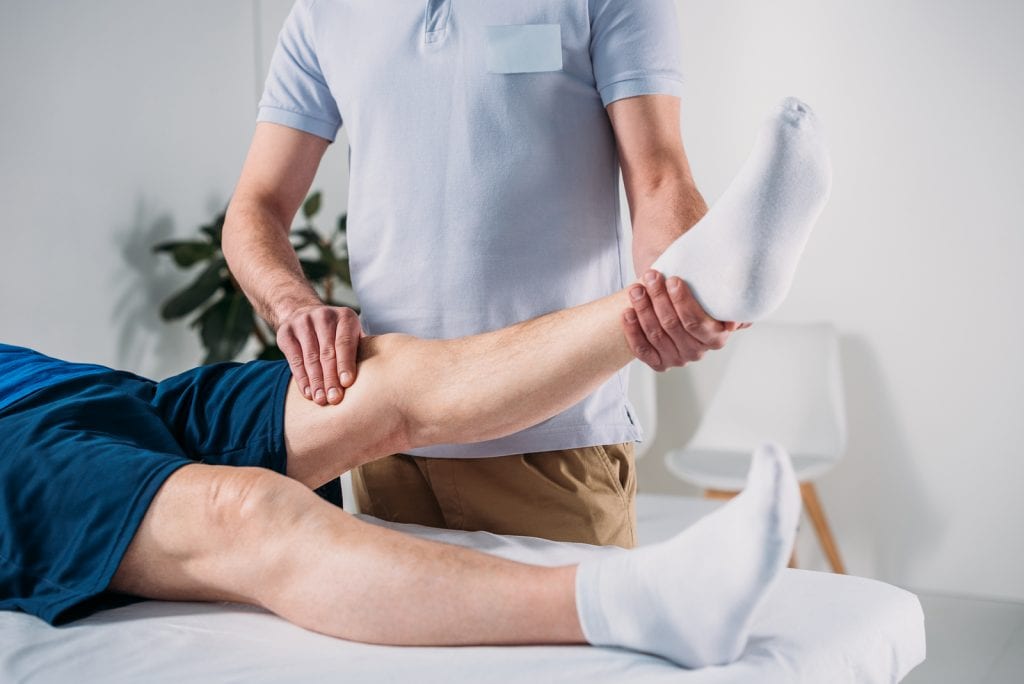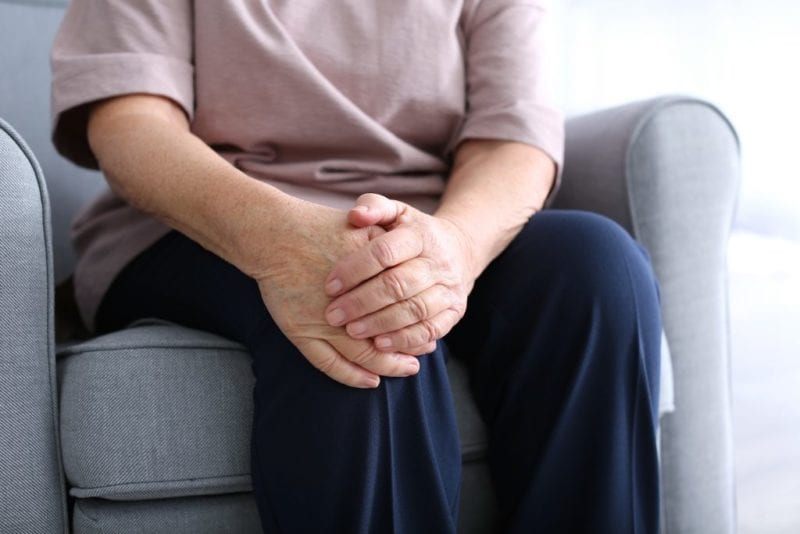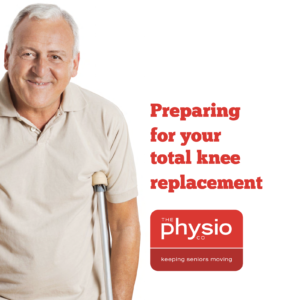How to prepare for a full knee replacement operation
Osteoarthritis (OA) can be really painful. It’s also restrictive, tiring and frustrating. If you have OA in one or both of your knees, the time will potentially come when enough is enough and a full knee replacement is the best solution.
But simply turning up for the operation doesn’t guarantee a pain-free outcome.
In our experience a six-to-eight-week pre-operation exercise program is a great idea. There can be a lot to do, so if this program takes longer, it’s all good!
It’s time to get mobile, safe and happy again.
PREFER TO LISTEN TO THIS ARTICLE?
Full joint replacements are not what they used to be. According to the Australian Orthopaedic Association’s (AOA) 2017 annual report, only eight per cent of osteoarthritis sufferers have to repeat surgery again after 16 years.
But like any life experience, preparation is paramount.
Time for ‘pre-habilitation’
Pre-habilitation is simple: preparation for rehabilitation. And boy, is it worth it!
Non-weight-bearing exercises (sitting or lying) can be of enormous value to somebody preparing for a full knee replacement.
It may be difficult to perform these exercises due to pain, but it is essential to get up to speed on the tricks that are going to get that knee moving again after the operation.
There is likely to be at least moderate pain afterwards, so getting used to moving with discomfort does help. Here are a few reasons why
- To improve your pain pre-op
- To get familiar the exercises you’ll need to be doing post-op
- To get focused on having a positive mindset to take into the operation and post-op rehab.
- To get started on some general strength and conditioning to be fit for the operation.
- To potentially reduce your weight (being overweight can increase pain in your knees)
Counter pre-op pain
First up is an easy one. Preparing for life post-operation can help to manage the pain before the operation. It is as simple as strengthening the muscles to better support the vulnerable knee.

Muscle memory
Our muscles are pretty smart. Give them a repeated pattern of movement – such as simple leg bending and straightening – and they will remember it. Like riding a bike, there may be a short period of blowing off the cobwebs after an operation but, if the hard yards have been done, it increases the likelihood of movement returning quickly.
Exercise familiarisation
It helps if the muscles remember an exercise, but we have to instruct them to begin with. It is a lot easier to do this prior to the operation, rather than afterwards. Learning the exercises you’ll need to do after your operations and practising them beforehand is a simple and effective way of preparing.
A positive mindset
It is normal to feel a bit concerned as you head into a knee replacement, but there is a lot of comfort in knowing you have done everything possible to give you the best chance of a speedy recovery with minimal pain. It helps to know each step on a clear roadmap to recovery.
Strength and conditioning
The muscles around your new knee are going to have to work hard to welcome it into the set-up and get things moving again. We want this tissue to be as strong as possible heading into the operation.
Weight loss
In 2016, 57 per cent of knee replacements were performed on ‘obese’ patients, according to the AOA report. Almost half of those outcomes were ‘poor’, whereas more than 90 per cent of people in the ‘normal’ weight zone reported a ‘good’ outcome.
Pre-habilitation exercises help with weight loss so we give the new knee an easier start to life.
A leap into the unknown? No!
Being prepared and as strong as you can be will help you be ready to go the distance.
While most knee replacements have positive outcomes, it is essential to try and get healthy beforehand. Surgeons are incredibly skilled and regularly perform this operation, but it is a significant undertaking. Therefore, it is vital to give it your best shot by preparing thoroughly.
The knee is a key weight-bearing joint. In order to return to a mobile and safe lifestyle, we do not want to overload it.
Let’s get practical
Before returning home, some knee replacement clients head to another medical unit for rehabilitation. While this additional support is welcomed, it is important to be prepared for the possibility that home might not be the next destination.
But when the time comes to check out and run the new knee home, make sure everything is ready. As soon as a knee replacement is even on the radar, speak to your therapist about any fears, e.g. tackling stairs, toilet breaks or hitting the sack.
With sufficient notice, the pre-operation exercise program will equip you for as many eventualities as possible.
Interested in knowing more?
To book your first appointment, please call us on 1300 797 793 or email [email protected] 🙂




 1300 797 793
1300 797 793